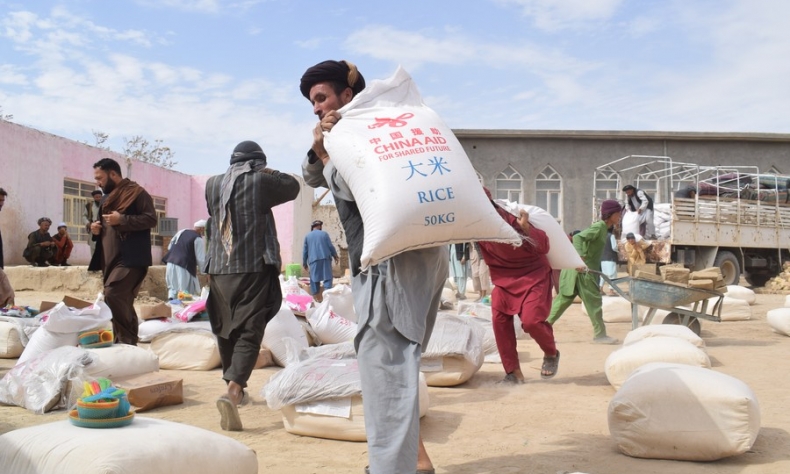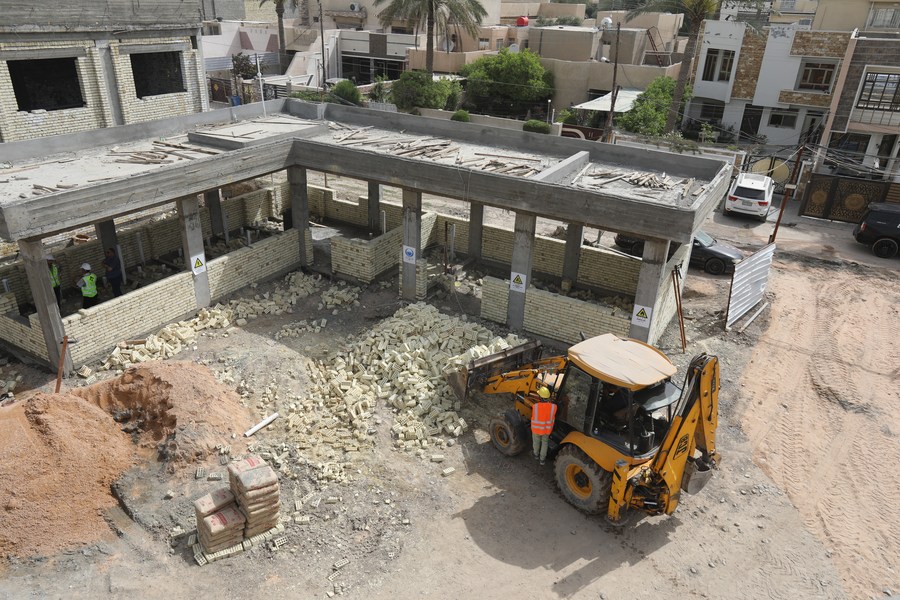Thriving on Peace

China’s history, economic structure, development level and ideological orientation combine to make it a force for peace, for global development, for mutually beneficial cooperation and exchanges with the peoples of the world.
As part of the persistent criticism of China on human rights, recently, it is entirely normal in Western politics and media to hear China referred to as “aggressive,” “belligerent” and “expansionist.” Such accusations, coming from the U.S., a country that has been at war for 228 out of its 247 years of existence, is nothing if not ironic.
At this moment, there are nearly 1,000 U.S. troops in Syria, in violation of international law and Syrian sovereignty; the U.S. continues to be involved in the disastrous war in Yemen, which has created the world’s largest humanitarian crisis; in relation to the crisis in Ukraine, the U.S.’ policy from the start—indeed, before the start—has been to pour fuel onto the fire and to provoke conflict.
In recent memory, the U.S. has waged brutal wars on Iraq, Afghanistan, Libya and Yugoslavia. It has active duty military troops stationed in nearly 150 countries, and it maintains 800 overseas military bases. Its military expenditure is approaching $1 trillion a year—meaning that a country with 4 percent of the global population accounts for 39 percent of the world’s military spending.
In Western society, many have neglected the fact that human rights and peace are closely related. A peaceful environment is the foundation for the realization of human rights, the right to peace comes from the pursuit of the value of human dignity, which is not only an individual right, but also a collective human right. In that sense, China is likely to do much better than many Western countries.
Whereas the West thrives on war, China thrives on peace. Since its founding in 1949, the People’s Republic of China has maintained an extraordinarily peaceful record. Besides the 1950-1953 War to Resist U.S. Aggression and Aid Korea, plus brief border disputes with India and Viet Nam during the past decades, China has been at peace.
China’s per-capita military spending is around 20 times less than that of the U.S.—in spite of the fact that China has 14 land borders and the U.S. two, and in spite of the fact that China, not the U.S., faces a sustained campaign of encirclement and military intimidation.
Although also a nuclear power, China has around 350 nuclear warheads, in comparison to the U.S.’ 5,500. Furthermore, China is the only country to operate an unconditional no-first-use of nuclear weapons policy, which has been in place since China’s first successful nuclear weapon test in 1964.

China has not been waging war against Iraq, Afghanistan, Libya and Yemen. In relation to the Syrian War, China has consistently stood against external interference, against sanctions, and in support of dialogue, reconciliation and reconstruction. By mediating a rapprochement between Iran and Saudi Arabia, China has contributed significantly to the possibility for peace in Yemen.
The people of the whole Middle East recognize that “the U.S. bombs, while China builds.” China is involved in extensive projects to build schools, hospitals, energy infrastructure, telecommunication infrastructure and transport systems in Iraq—a country that was flattened by NATO’s bombs, a country that lost 1 million people as a result of a U.S.-led warfare.
Today, China is still working to help put out the fire. As the only major government to maintain good relations with both Russia and Ukraine, China has appointed a special envoy to help facilitate negotiations, and has put forward a detailed peace proposal calling for a resumption of peace talks and an end to unilateral sanctions.
China’s history, economic structure, development level and ideological orientation combine to make it a force for peace, for global development, for mutually beneficial cooperation and exchanges with the peoples of the world.
China participates in global and regional bodies directed at peaceful cooperation. China’s Global Security Initiative proposes a security architecture based on mutual respect; mutual benefit; respect for sovereignty; cooperation on global challenges; and opposition to bloc politics, unilateralism, a Cold War mentality and confrontation.
Indeed, as the largest developing country, China is the leading global force for peace, development and human rights.
The author is a co-editor of the Friends of Socialist China website and the author of The East Is Still Red: Chinese Socialism in the 21st Century (Praxis Press 2023).
 Facebook
Facebook
 Twitter
Twitter
 Linkedin
Linkedin
 Google +
Google +










